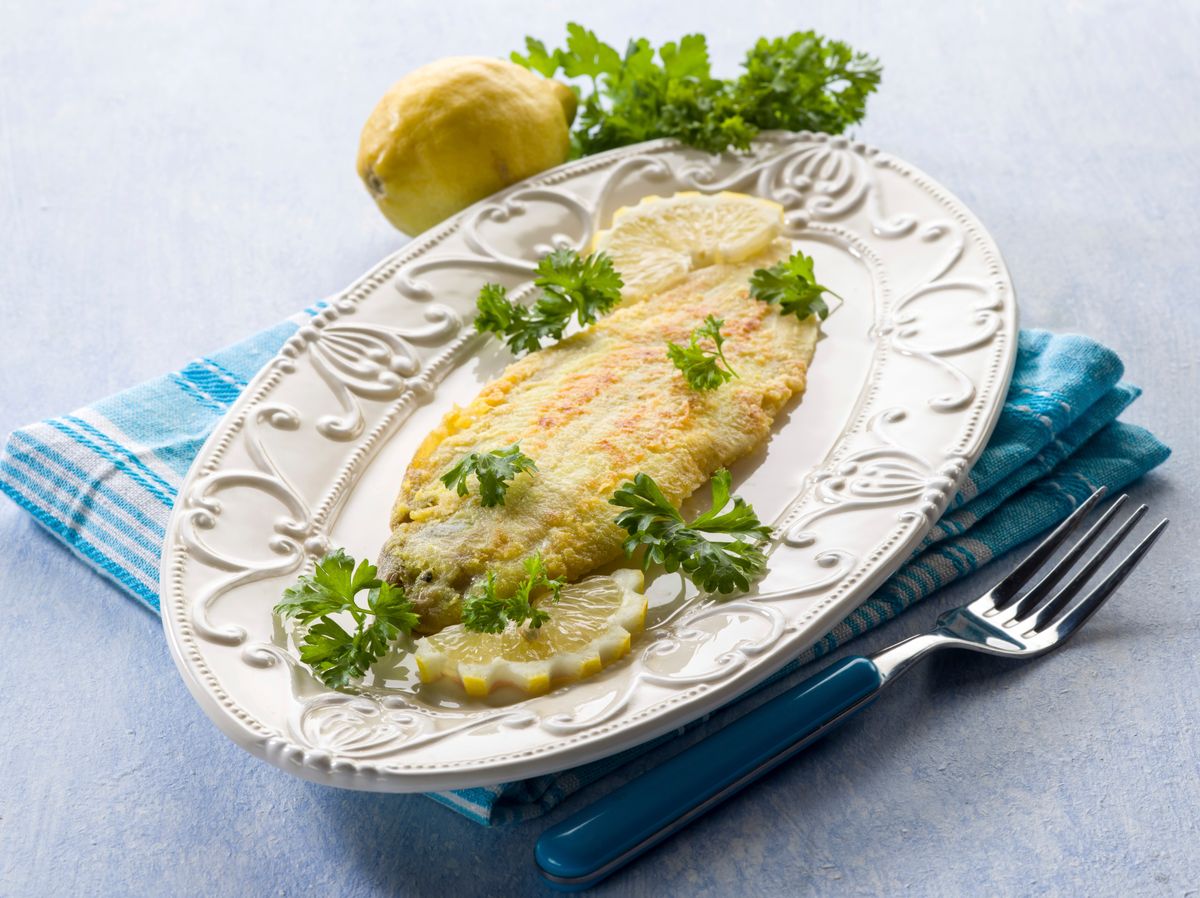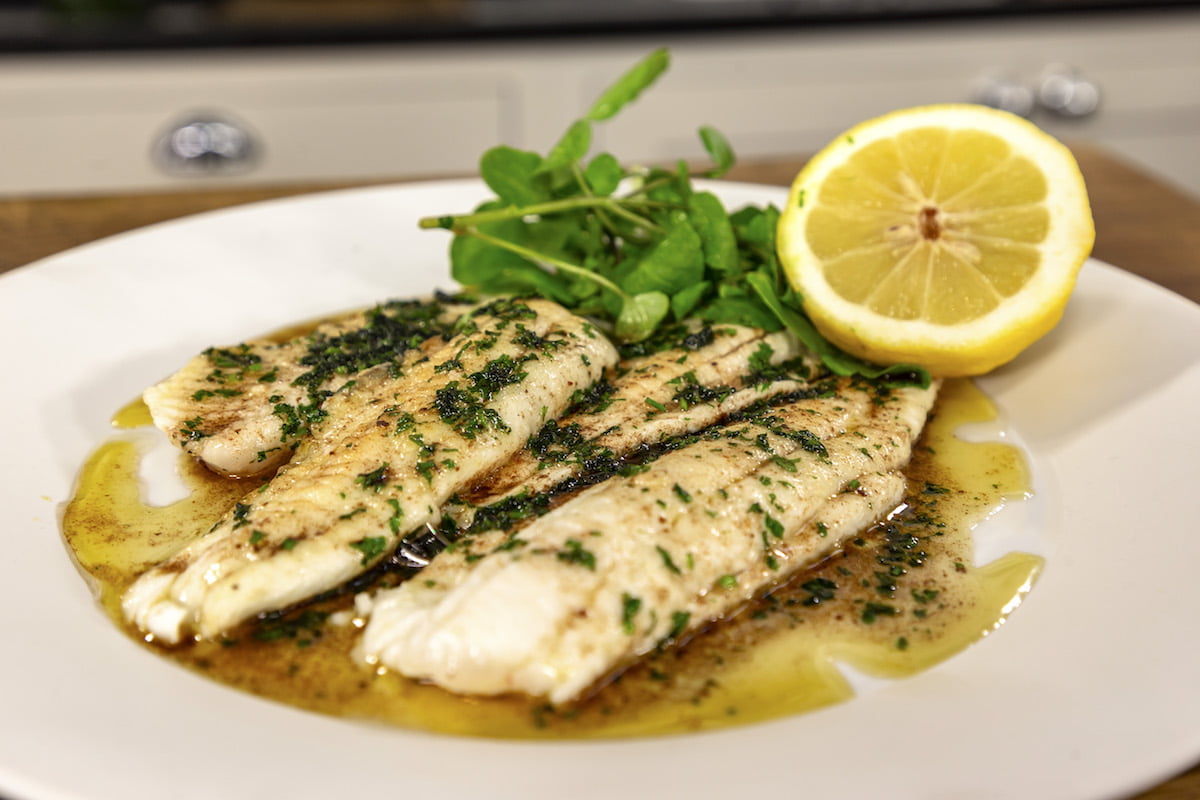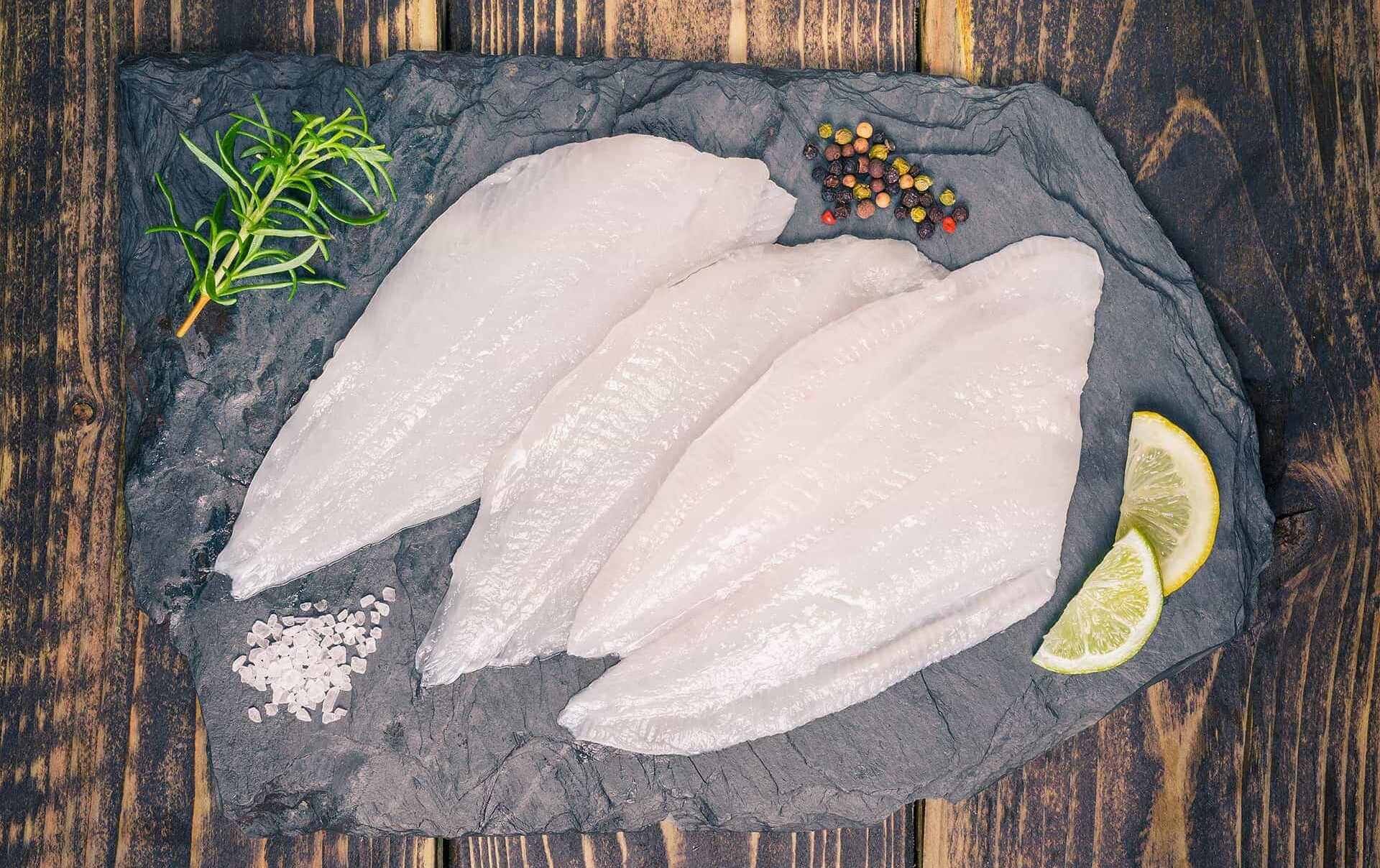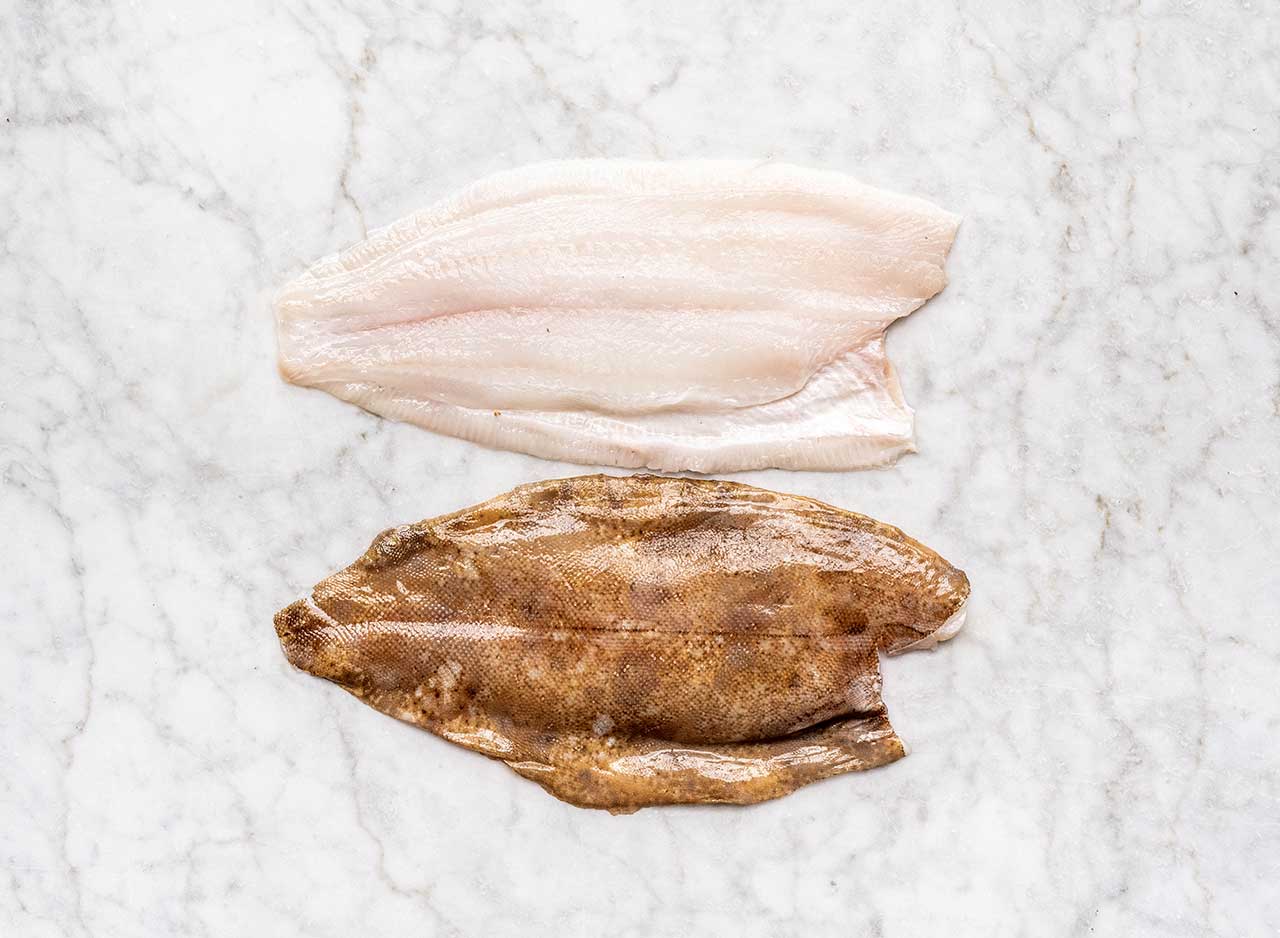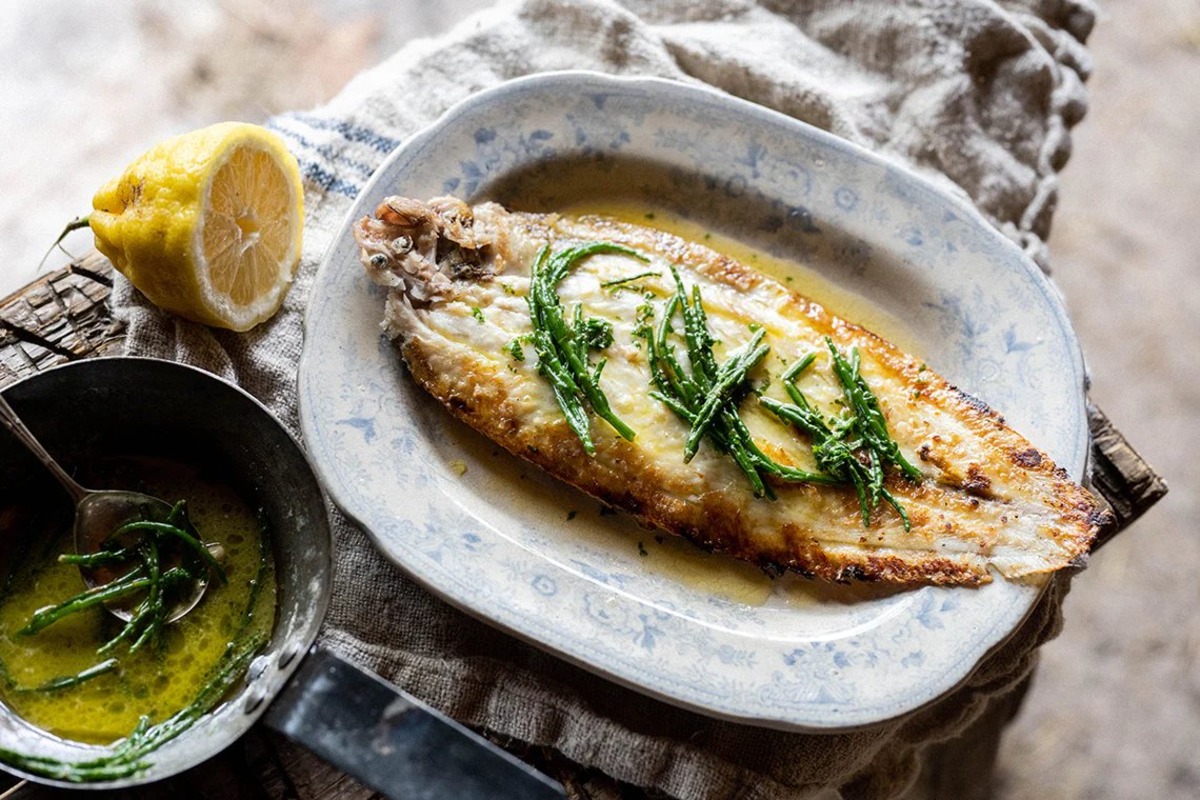Step-by-Step Guide to Fillet a Lemon Sole
Are you ready to learn how to fillet a lemon sole like a pro? Well, you’ve come to the right place! Filleting a lemon sole may seem like a daunting task, but with the right technique and a little practice, you can master this skill in no time. Follow these simple steps to fillet a lemon sole like a seasoned chef.
What You’ll Need:
- Whole lemon sole
- Sharp fillet knife
- Cutting board
- Paper towels
- Small bowl for trimmings
Step 1: Prepare Your Workstation
Before you begin, make sure your workstation is clean and organized. Lay out all your tools and have everything you need within reach. This will make the filleting process much smoother and more efficient.
Step 2: Remove the Head and Tail
Place the lemon sole on the cutting board and use a sharp fillet knife to cut off the head just behind the gills. Next, remove the tail by making a horizontal cut just above the tail fin. Discard the head and tail or save them for making fish stock.
Step 3: Make the Initial Incision
Lay the fish flat on the cutting board with the belly facing up. Starting from the tail end, make a shallow incision along the belly, from the tail to the head, using the tip of the fillet knife. Be careful not to cut too deep to avoid puncturing the internal organs.
Step 4: Remove the Skin
Using a paper towel to grip the skin, make a small cut through the skin just above the tail. Hold the skin firmly and gently wiggle the knife back and forth to separate the flesh from the skin, working your way towards the head. Continue until all the skin has been removed from the fillet.
Step 5: Separate the Flesh from the Bones
With the skin removed, carefully run the fillet knife along the backbone, using gentle, smooth strokes to separate the flesh from the bones. As you work your way along the fish, use your free hand to hold the fillet in place and gently pull the flesh away from the bones as you cut.
Step 6: Trim and Clean the Fillet
Once the fillet has been removed from the bones, inspect it for any remaining bones or small rib bones. Use your fillet knife to carefully trim away any excess fat or bones, ensuring that the fillet is clean and free of any unwanted debris.
Step 7: Repeat on the Other Side
Turn the fish over and repeat the filleting process on the other side to remove the second fillet. Take your time and use the same technique to ensure that both fillets are clean and bone-free.
Step 8: Rinse and Pat Dry
Once both fillets have been removed, rinse them under cold water to remove any remaining scales or debris. Pat the fillets dry with paper towels to remove excess moisture before cooking or storing.
There you have it! You’ve successfully filleted a lemon sole. With a little practice, you’ll soon be able to fillet a lemon sole with ease and confidence. Now, it’s time to put your filleting skills to the test and enjoy the delicious, delicate flavor of fresh lemon sole!
